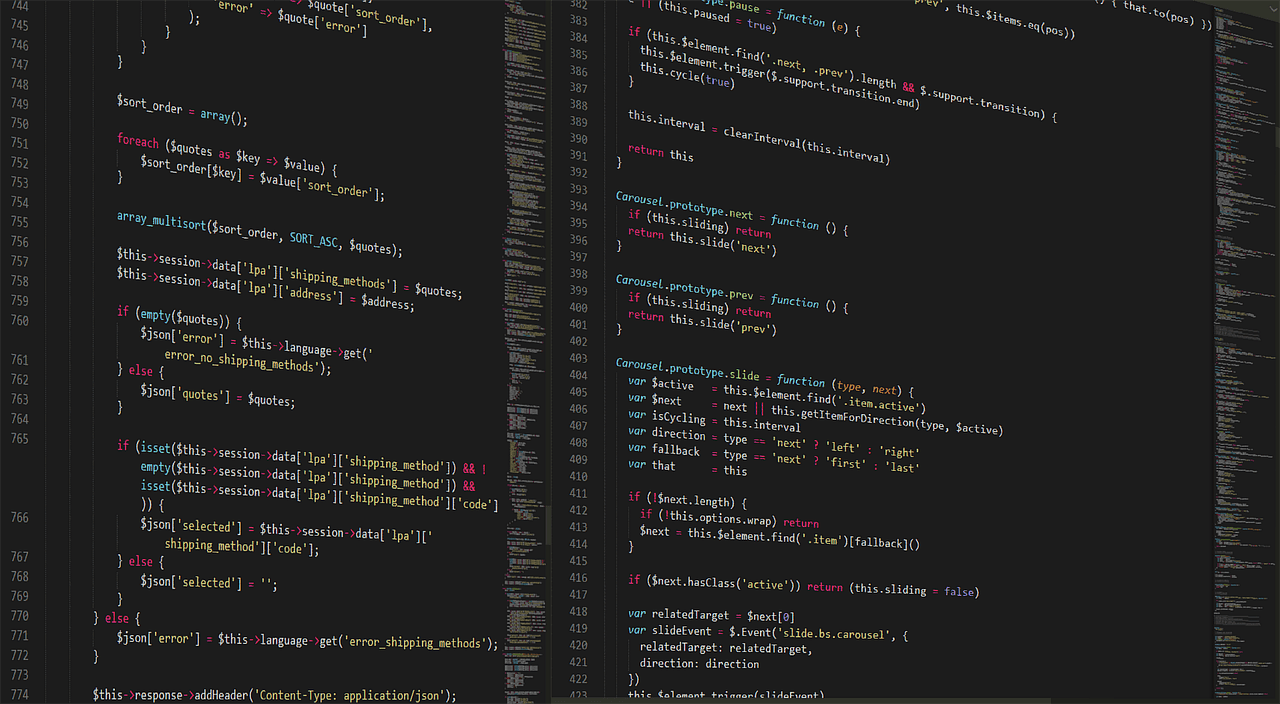Comprehensive Guide to Python Web Development for Beginners
Python web development is an incredibly versatile and popular aspect of programming that opens the door to building robust web applications from scratch. With its simplicity, readability, and an extensive ecosystem of libraries and frameworks, Python serves as a fantastic choice for both newcomers and seasoned developers looking to enhance their skills.
What is Python Web Development?
Python web development involves creating web applications and websites using the Python programming language. It encompasses writing server-side logic to handle HTTP requests and responses, manage data storage and retrieval, implement business logic, and render dynamic content.
Why Use Python for Web Development?
- Versatility: Suitable for a wide range of applications, from simple scripts to complex web services.
- Ease of Learning: Its intuitive syntax makes Python accessible for beginners.
- Extensive Libraries: Libraries and frameworks like Django and Flask simplify the development process.
- High Performance: Facilitates building high-performance applications capable of managing concurrent requests efficiently.
How to Use Python for Web Development
1. Install Python
Start by installing Python on your machine. Visit the official Python website and download the latest version compatible with your operating system. Follow the instructions to complete the setup.
2. Choose a Web Framework
Python offers various web frameworks that streamline web development. Popular options include:
- Django: A robust, free framework that allows rapid development of complex applications and APIs.
- Flask: A lightweight framework best for small to medium-sized applications, great for beginners.
- Pyramid: A flexible framework that caters to both small and large applications; it’s popular among experienced developers.
3. Set Up a Development Environment
Create a dedicated project folder and set up a virtual environment to isolate dependencies. Tools like virtualenv or Python’s built-in venv can help manage project-specific packages.
Best Practices for Python Web Development
- Use Virtual Environments: Ensure clean, reproducible environments to manage dependencies efficiently.
- Follow Code Organization Best Practices: Organize your code using clear naming conventions and consistent project structure.
- Test Your Code: Utilize testing tools like
unittestandpytestto verify code stability. - Version Control: Employ version control systems like
gitto track changes and collaborate with others. - Deploy Your Application: Deploy to a production environment using containerization tools such as Docker.
Top Python Web Development Frameworks
Django
- Key Features: Integrated authentication, automatic admin interface, ORM support, caching mechanisms.
- Advantages: Rapid development, extensive libraries, reusable components.
- Limitations: Steeper learning curve due to its extensive features.
Flask
- Key Features: Lightweight and flexible, easy to learn, extensive libraries.
- Advantages: Ideal for small to medium applications, easy library integration.
- Limitations: Not as robust for large-scale applications.
Pyramid
- Key Features: Flexible, minimalist design, URL mapping, HTML structure validation.
- Advantages: Suitable for different application sizes, high customization.
- Limitations: Steeper learning curve compared to simpler frameworks.
Tips for Learning Python Web Development
- Start with the Basics: Learn Python fundamentals such as data types and control structures.
- Practice with Small Projects: Build small applications to strengthen your understanding.
- Use Online Resources: Explore tutorials and documentation from platforms like Real Python.
- Join a Community: Connect with other developers through forums like Reddit’s r/learnpython.
- Read Books and Documentation: Resources like “Python Crash Course” by Eric Matthes provide comprehensive learning.
Conclusion
By following this comprehensive guide, you’ll be on your way to mastering Python web development. Embrace the journey, practice consistently, and remember that continuous learning is key. For more resources and in-depth articles related to Python web development, check out our links for further reading:
Projects and Applications in Python Web Development
Key Projects
- Personal Blog Website: Create a personal blog using Flask where users can register, create, edit, and delete posts.
- Task Management System: Develop a web application with Django that allows users to manage tasks, set deadlines, and track progress.
- E-commerce Store: Build an e-commerce platform using Django that supports product listings, user accounts, and a shopping cart.
- RESTful API Service: Develop a RESTful API with Flask that can be consumed by various clients for managing resources.
Python Code Examples
Example: Simple Flask Blog App
from flask import Flask, render_template
app = Flask(__name__)
@app.route('/')
def home():
return render_template('home.html')
if __name__ == '__main__':
app.run(debug=True)
Example: Basic Django Task Manager
from django.db import models
class Task(models.Model):
title = models.CharField(max_length=200)
completed = models.BooleanField(default=False)
def __str__(self):
return self.title
Real-World Applications
Python web development plays a crucial role in creating scalable web applications for various industries. E-commerce sites leverage Django for managing extensive product databases and user interactions, while Flask is often used for microservices that support mobile applications.
Furthermore, companies utilize Python for data visualization dashboards and administrative panels that require high customizability and integration with other services. This adaptability makes Python a preferred choice for startups and established enterprises alike, ensuring a smooth journey from a prototype to a full-fledged production application.
Next Steps
Now that you have a foundational understanding of Python web development, it’s time to take your skills to the next level. Start by diving deeper into the frameworks mentioned in this guide, such as Django and Flask, to discover their unique features and advantages.
Consider building a small project that incorporates what you’ve learned. Whether it’s creating a simple blog or a personal portfolio website, applying your knowledge will reinforce your learning. Don’t forget to leverage online resources, tutorials, and community forums to seek help and gain insights from experienced developers.
Lastly, enhance your learning by reading more about advanced web development patterns and exploring more specialized topics like API development or integrating front-end technologies with your Python applications. Continuous practice and exploration will propel you forward in your Python web development journey!

1 thought on “Unlock Your Potential: A Complete Beginner’s Guide to Python Web Development”
Comments are closed.